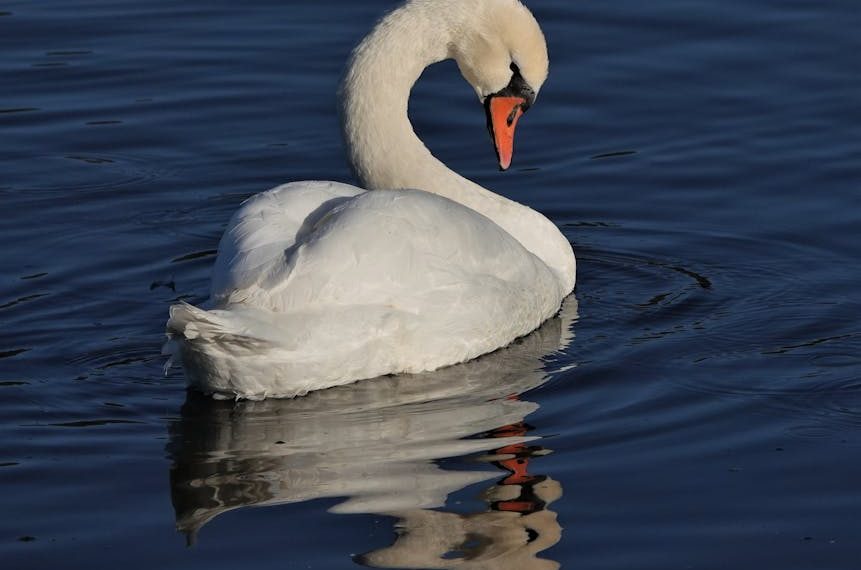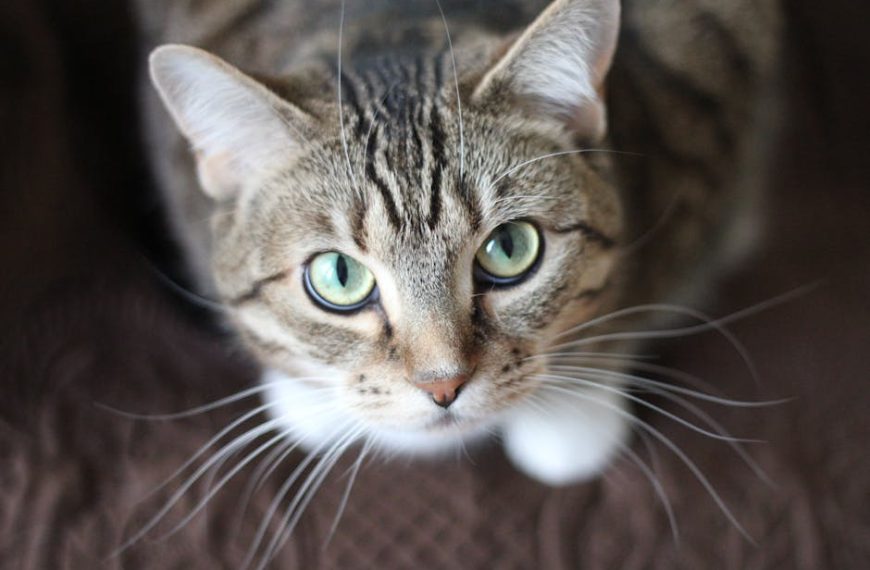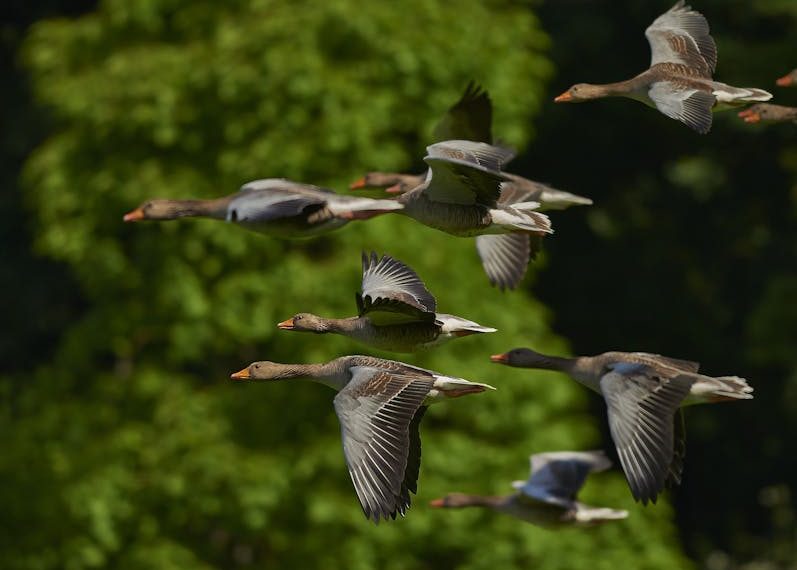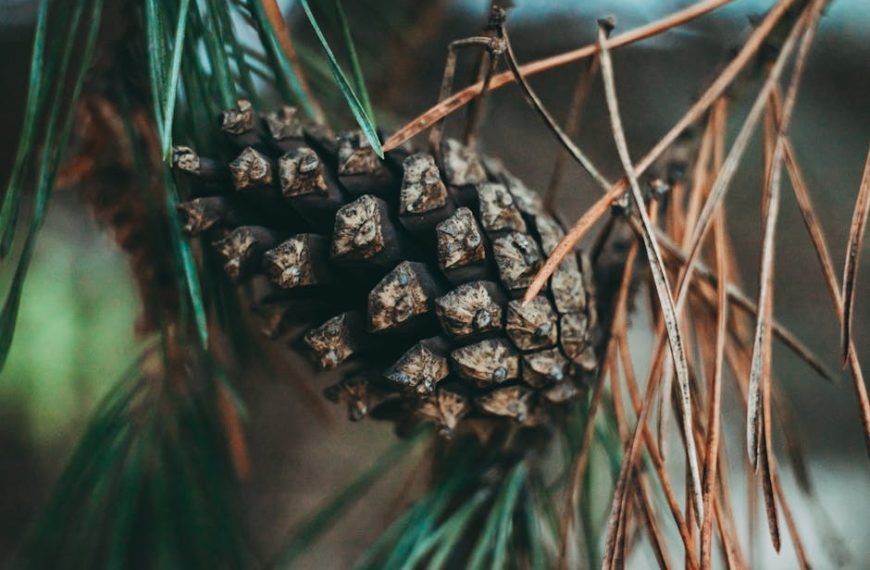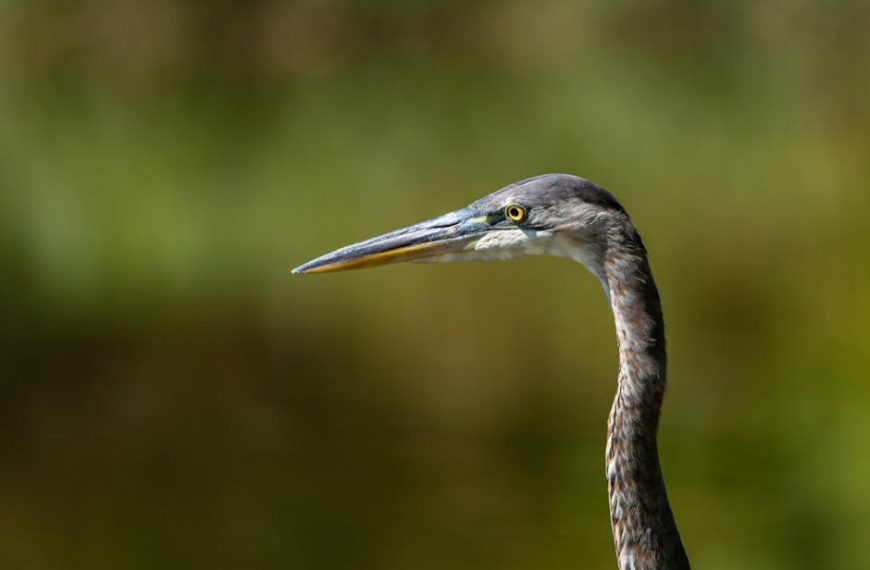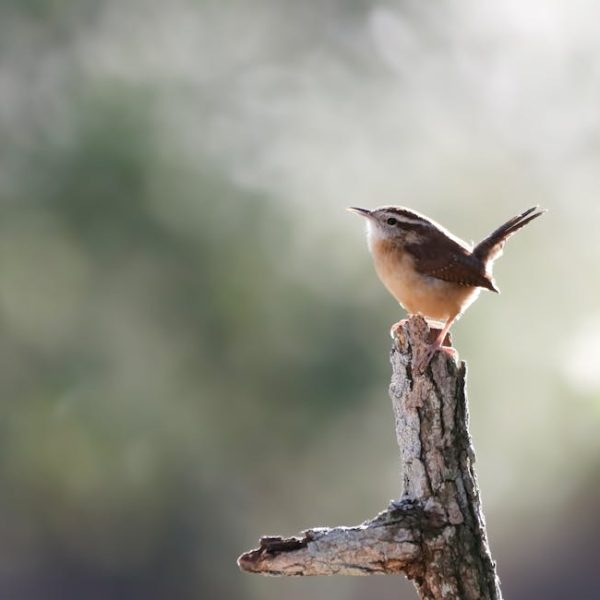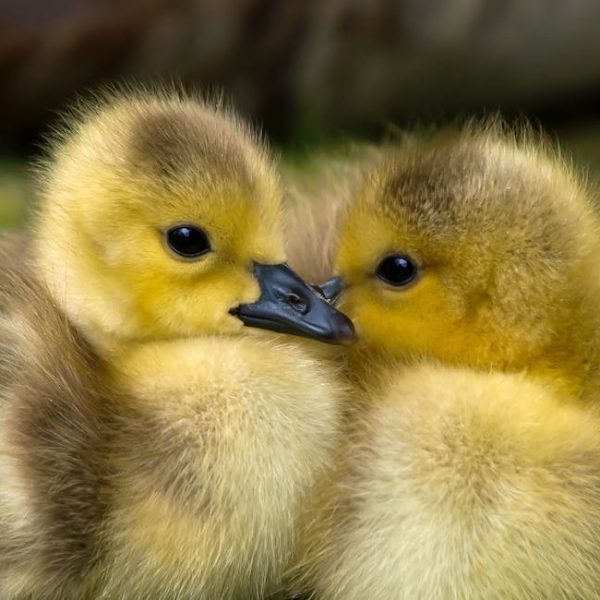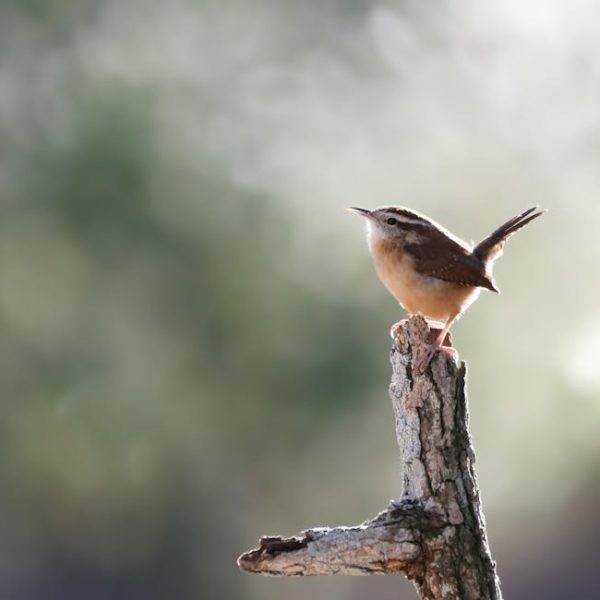At first, the cheery chirping of birds nesting in your soffit can be quite endearing – until you start to notice few of the many drawbacks. While we can admire the resourcefulness of these avian squatters, there are good reasons for evicting birds from your property, including avoiding damage to your home and potential health hazards. Here’s how to do it right.
Understanding Why Birds Nest in Your Soffit
Birds are incredibly adaptive creatures who constantly seek secure, cozy spaces for roosting and nesting. The soffits or eaves of your home can provide the perfect refuge for these industrious feathered friends. Some key attractions for birds include:
- Protection from predators: Soffits are usually high above ground and difficult for potential enemies to reach, providing a safe haven for nesting.
- Shelter from adverse weather: The overhangs protect birds from rain, sunshine, and snow, providing a comfortable roosting and nesting spot.
While many of us enjoy watching the comings and goings of a busy bird family, it’s important to bear in mind that there are downsides to nesting birds. Damage to the soffit from pecking and scratching, unsightly bird droppings, and the presence of bird mites are just a handful of the drawbacks that might have you thinking about evicting your winged lodge tenants.
Recognizing the Signs of a Bird Infestation
Is that chirping chorus just a merry band of garden visitors, or have some birds taken up residence in your soffit? Here are the key signs that you might be harboring a bird infestation:
- Noticeable droppings beneath the soffit
- Visual confirmation of birds frequently entering or exiting the soffit
- Increased bird activity around your home, particularly around dawn or dusk
- Distinctive nest-building materials such as straw or twigs in or below the soffit area
Remember, it’s important to confirm a bird infestation without causing harm or undue stress to the birds or any chicks that might already be in the nest. Respectfulness is key during this identification process.
Implementing Humane Bird Eviction Tactics
The last thing you want to do is cause harm to the birds or violate any local wildlife laws when trying to dislodge them from your soffit. There are a range of humane strategies you can utilize to encourage your feathered friends to find a new home, including:
- Visual deterrents, such as statues of bird predators
- Auditory deterrents, like devices that emit a bird distress call
- Taste deterrents that are safe but unpleasant for birds, discouraging them from nesting
With regards to efficacy and humane factors, it’s wise to consider which method best suits your needs. Bird spikes, for instance, effectively deter roosting but might injure the birds, while ultrasonic devices can be off-putting for all birds but might also affect your household pets. Always weigh the pros and cons before implementing any bird eviction method.
Preventing Future Bird Infestations
Once you’ve successfully evicted the birds from your soffit, preventing a repeat scenario is essential. Thankfully, there are several recommended practices to bird-proof your home, and ensure your soffit remains bird-free:
- Sealing off access points: Birds use small holes or openings to enter soffits. Seal these with wire mesh or foam to prevent reentry.
- Removing attractants: Food sources and water attract birds. Regularly clean your yard and drain any open water sources.
- Regular inspections: Keeping a regular check on your soffits can help spot any potential issues early on, preventing a full-blown infestation.
Remember, being proactive in preventing bird nesting can save you a lot of time, energy, and resources down the line.
Seeking Professional Help for Bird Eviction
There may be circumstances where a DIY approach isn’t feasible or legal that require professional intervention. High risk scenarios may include:
- Having a protected bird species nesting in your soffits: In many areas, certain bird species are protected by law, and disturbing them may be illegal.
- Dealing with a significant infestation: If you’re dealing with a large number of birds, or the damage is beyond your capability to rectify, professional help can be vital.
When weighing DIY methods against professional intervention, consider the costs, time, safety, and guarantee of effectiveness. To find reputable wildlife removal services, seek recommendations or reviews, and check that they specialize in humanely managing bird-related issues.
In conclusion, while it may initially seem charming to host a bird’s nest in your soffit, the potential for damage and disruption is significant. Adopting humane eviction tactics, and steps to prevent future bird nests, can help keep your home safe and birds resorting to their natural habitat.
Key Takeaway:
- Birds often nest in soffits due to their quietly secure and sheltered nature, making them great places to evade predators and harsh weather.
- Signs of an infestation can include increased bird activity around your home, spotting droppings, or visual confirmation of birds repeatedly entering and exiting the soffit.
- You can use humane eviction methods, such as visual, auditory, and taste deterrents, to safely encourage birds to vacate the premises.
- Prevention practices, like sealing off access points and removing potential food sources, can help avoid future infestations. Routine soffit inspections can also alert homeowners to potential issues before they escalate into full-blown problems.
- When dealing with protected bird species or large infestations, it might be necessary to seek professional assistance – preferably ones who handle such issues humanely.
Investing time and effort now can save you from potential damage, health risks or legal problems in the future. Your action can also contribute to maintaining the birds’ natural behaviour and habitat.
FAQs
Q: Can bird spikes cause harm to the birds?
A: While bird spikes can prevent birds from roosting, there is a potential risk of birds getting injured by the spikes. Therefore, they should be used with care.
Q: Are there any laws I need to be aware of before I attempt to evict the birds?
A: Rules vary depending on where you live. It’s advisable to check local wildlife or environmental laws before initiating eviction, as certain bird species may be protected.
Q: What should I do if I accidentally disturb a bird’s nest during the eviction process?
A: You should halt your activities immediately to avoid further disturbance. Consider contacting a local wildlife conservation organization for advice on how to proceed the eviction safely.
Q: Can I feed the birds and allow them to stay if they are not causing any damage?
A: While this is your decision, it can be in the best interest of the birds to encourage them to find a natural habitat. Regular feeding and housing can make birds dependent and less adapted to survive in the wild.
Q: How often should I inspect my soffits to prevent bird infestation?
A: Conducting inspections once or twice a year, preferably during spring or fall, can often be sufficient. Increase frequency if you’ve had previous bird infestations.
We hope you found our guide helpful. Continue exploring our site for more tips and share this article to help other homeowners deal with bird infestations effectively and humanely.

